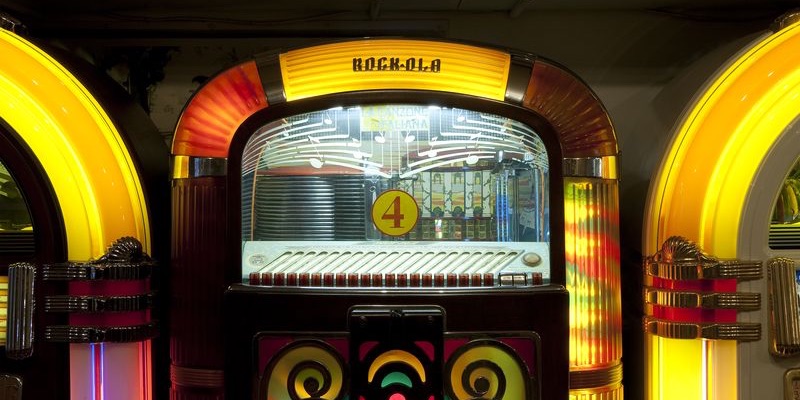Museo Storico della Radio, dei Grammofoni, del Cinema e degli strumenti musicali meccanici (1760-1960)This peculiar private museum that occupies over 600 square meters, narrates through 800 objects (collected by the manager in over 30 years of research) the history of the radio from its origins up to the present day. The promoter and manager of this museum, unique in its kind, that receives visits and praises from all over the world, is the Bolognese Giovanni Pelagalli, Esq. , born in 1941, electronic technician and "conjurer" as well. The first kernel of this museum is born in 1952, Giovanni Pelagalli personally guides the visits to the museum, offering rich explanations and often switching on several devices and instruments to make the guided tour more lively. To pay a homage to the guests, he always performs one of his magic tricks. For other museums and collections in Bologna, see the list.
The exposition rooms are on over 2,000 m. Over 800 original working pieces are shown:
The history of the Radio - from ancient history to Marconi up to present day radios.
The history of Phonography - from Edison’s Tin Foil of 1878 to handle-operated and horn gramophones etc.
The history of the musical mechanical machines of the 18th and 19th centuries - orchestrion, cylinder organs, carillons, automates etc.
Marconi Room - extremely rare original pieces are shown here, "signed" by Marconi; Marconian relics, "Here my father lives again!" said Marconi’s daughter, princess Elettra, visiting the Museum and the room dedicated to her father.
Ducati Room - here are shown civilian and military radio appliances, cameras, mechanical and precision tools, motors and motorcycles, research documents etc. , shedding light on the irrepressible genius of the three Ducati brothers, Adriano, Marcello and Bruno, that since 1924 extended from Bologna to the whole world.
The history of Television - from the Raython lamp for mechanical "radiovision" of 1928, to the first electronic black and white TV, to the first experimental colour TV with a round screen, etc.
The history of the Italian and Neapolitan Song - over 5,000 songs, original records of the time;
LPs and singles, "strange" records turning at 80 and 120 turns up to the modern recordings. Moreover, 1,000 original musical sheets are shown.
Library - rare volumes and interviews of the time about the themes of the Museum.
Film Library - over 400 films, posters and cinema playbills.
Friendship Room - next to the Museum, it has audio, video SAT, informatics for the monthly meetings of the "Friends of the Museum".
Are you a local? What do you think about Museum of Communication 'Thousands of Voices ... Thousands of Sounds'?
Login to suggest it!


